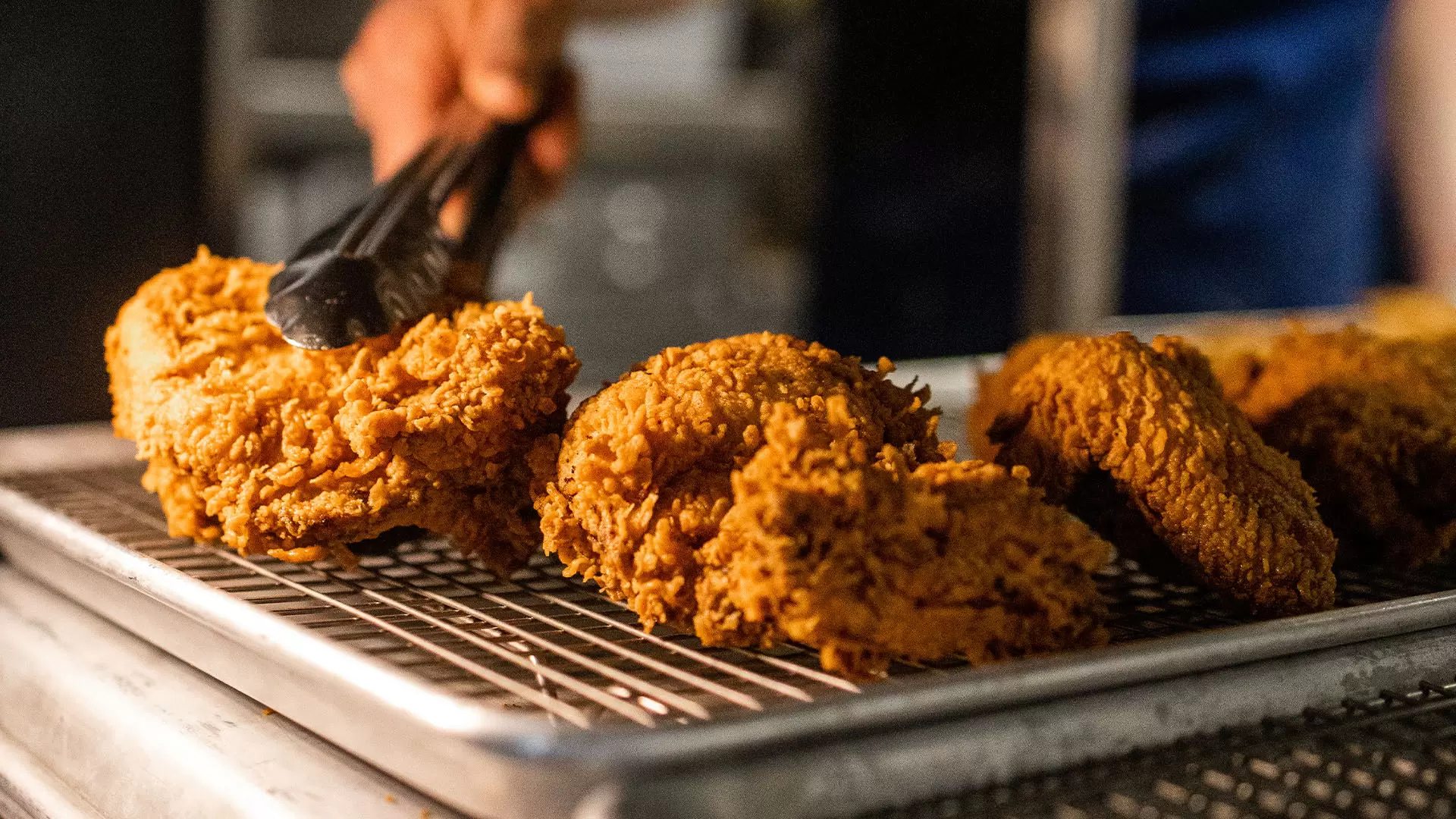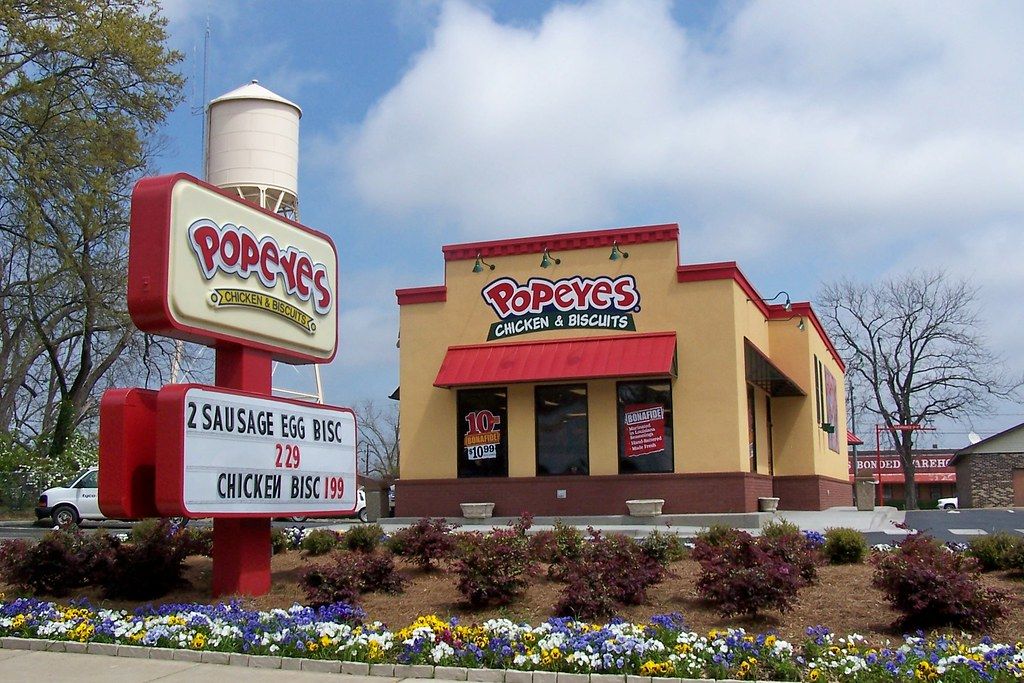
Unmasking the Moka Pot: The Unpretentious Star of Coffee Brewing
- Jun 8, 2025
The age-old tradition of brewing coffee doesn't need to be an expensive or intricate process. One economical option to consider is the humble but mighty stovetop moka pot, which offers a straightforward way to attain a superb cup of coffee. Born out of the ingenious mind of Alfonso Bialetti in the Italian town of Crusinallo back in the 1930s, this seemingly modest coffee tool has morphed into a classic emblem of productive design on a global scale.
With social media acting as a platform, fans of the moka pot have been sharing their undying love for it along with precious brewing advice. Even coffee industry mavens have climbed aboard, providing detailed, stage-by-stage guides.
Acclaimed coffee guru James Hoffmann has even made a series of videos elucidating the ideal procedures and the science that makes the moka pot such an excellent coffee-brewing tool. He’s gone so far as to bisect one to exhibit its construction and internal mechanisms.
Simone Amenini, heading quality management and education at Ditta Artigianale and Scuola del Caffè Firenze, pointed out, “The rationale behind the moka pot extraction lies in rapidity, ease, and concentration of flavor.” Amenini noted that it succeeded the widely utilized Neapolitan coffee pot – interestingly, not truly Neapolitan – in Italian households from around the mid-1800s.
According to Amenini, the moka pot has the ability to deliver a strongly flavored brew by extracting coffee grounds under pressure, a departure from the trend in other European nations where infusion-based extractions such as coffee pots, French press, syphon, and pour-over methods were preferred, aiming for a smoother, gentler taste.
Having grown up in a home where moka pots were always a fixture, Amenini shares some nostalgia, saying, “For a considerable period, it epitomized the ideal in-home coffee-making concept… It brings back memories of waking up to the smell of coffee at my parents' house or enjoying a post-meal coffee at my grandmother's abode when the entire family would convene.”
The fundamental principle behind the functioning of a moka pot lies in how it uses steam to pressurize water through ground coffee into the upper section of the pot, where the now-brewed coffee is housed.
Moka pots entail adding water into a boiler at the base. As the water heats, it steams and expands, creating air pressure that pushes the water upwards through a funnel into a middle compartment filled with ground coffee. This then pushes the liquid through to the pot's upper chamber. This is a sharp contrast to many gravity-dependent drip coffee machines or pour-over methods, where water trickles down over the coffee grounds into a pot beneath.
Morgan Eckroth, refreshment creator and the 2022 U.S. Barista Champion, expresses a preference for the grounded approach of the moka pot, with no need for a fancy, power-intensive espresso machine.
Expressing her fondness for the moka pot, Eckroth stated, “I’ve always admired the tactile and methodical nature of the moka pot… It demands a level of engagement that is quite infrequently seen in coffee-brewing methods today.”
Eckroth often travels with her preferred six-cup Bialetti Moka Express, emphasizing that a moka pot, grinder, heat source, and some coffee are all one really needs. She even suggests moka pot coffee as an ideal camping companion.
While most top-notch baristas lean towards precise brewing recipes with a keen focus on grind size, gram measurements, and water temperature, Eckroth promotes a more instinctive approach with the moka pot.
Eckroth provides an easy-to-follow guide, “Fill the bottom chamber with pre-warmed water up to the pressure valve and fill the basket with enough medium-fine ground coffee… Then place an AeroPress atop the grounds and commence brewing at a medium heat. When the initial coffee begins rising into the top part, switch to a low heat and allow it to brew gradually. The first signs of the water chamber below draining call for immediate covering and removal of the pot from the heat source. The coffee should then be served without delay.”
Several coffee professionals, including Francesco Sanapo, a three-time Italian barista champion and co-founder of Ditta Artigianale, share a deep reverence for the moka pot as they feel it encapsulates the Italian coffee culture. Sanapo shares his best advice, which is to use good, filtered water for the brewing process.
Meanwhile, LA chef and Carpetbagger podcast host Royce Burke invites the simplicity and cherished tradition of daily coffee brewing with a moka pot, admitting, “It makes me so happy.”
Cleaning a moka pot is straightforward. Following coffee preparation, rinse the moka pot with hot water and dry it thoroughly. When coffee oils build up, a mixture of vinegar or citric acid with water in the lower section coupled with normal brewing allows a thorough cleanse, following which it should be rinsed with fresh water.






